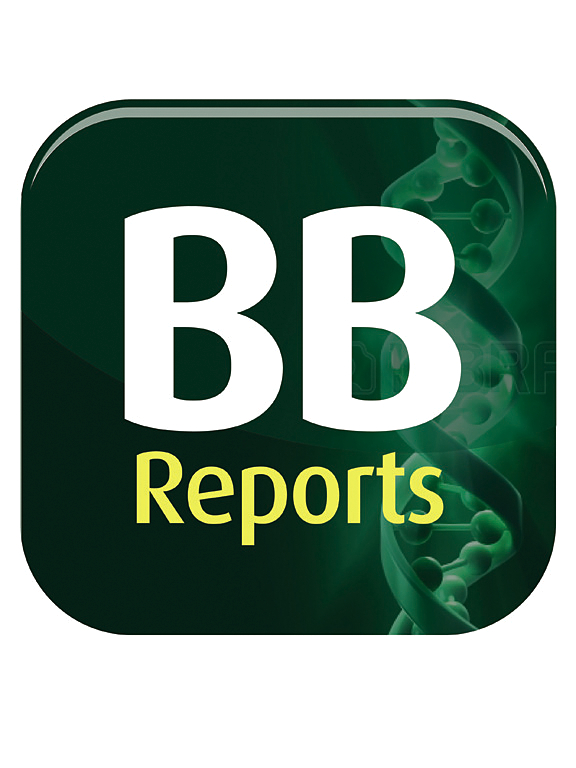LncRNAs IFNG-AS1 and TH2LCRR as potential biomarkers of Th1/Th2 imbalance in diabetic nephropathy: From bioinformatics to experimental validation
IF 2.2
Q3 BIOCHEMISTRY & MOLECULAR BIOLOGY
引用次数: 0
Abstract
Background
The inflammatory response is a pivotal mechanism underlying the progression of type 2 diabetes mellitus (T2DM) into diabetic nephropathy (DN). Upstream lncRNAs regulate inflammatory molecules, and their dysregulation can disrupt immune homeostasis. Th1/Th2 imbalance is one of the most significant causes of DN progression. This research aims to uncover novel biomarkers and elucidate the underlying molecular mechanisms involved in DN.
Methods
The GSE135390 dataset was analyzed to identify differentially expressed genes (DEGs) associated with Th1 cell differentiation. Based on literature review and NcPath databases, IFNG-AS1(Th1) and TH2LCRR (Th2) were selected as the top lncRNAs. To validate our bioinformatics findings, real-time PCR was conducted on 90 participants categorized into four groups: 30 with T2DM, 30 with DN (15 with microalbuminuria and 15 with ESRD), and 30 healthy controls.
Results
The analysis of real-time PCR results revealed a notable upregulation in IFNG-AS1 expression in ESRD patients compared to individuals with T2DM and healthy controls. Moreover, a significant increase in IFNG-AS1 expression was observed in patients with microalbuminuria relative to healthy subjects. Conversely, TH2LCRR expression was notably reduced in patients with ESRD, microalbuminuria, and T2DM compared to healthy individuals. Expression of IFNG-AS1 and TH2LCRR showed strong correlation with biochemical markers, including HbA1c, ESR, BUN, GFR, and albumin.
Conclusion
This study demonstrates the potential role of IFNG-AS1 and TH2LCRR as key regulators in the immunopathogenesis of DN. Their dysregulated expression may contribute to Th1/Th2 imbalance, providing a deeper understanding of immune-mediated mechanisms involved in DN progression.

LncRNAs IFNG-AS1和TH2LCRR作为糖尿病肾病中Th1/Th2失衡的潜在生物标志物:从生物信息学到实验验证
炎症反应是2型糖尿病(T2DM)发展为糖尿病肾病(DN)的关键机制。上游lncrna调节炎症分子,其失调可破坏免疫稳态。Th1/Th2失衡是导致DN进展的最重要原因之一。本研究旨在发现新的生物标志物,阐明DN的潜在分子机制。方法分析GSE135390数据集,鉴定与Th1细胞分化相关的差异表达基因(DEGs)。基于文献综述和NcPath数据库,我们选择IFNG-AS1(Th1)和TH2LCRR (Th2)作为最重要的lncrna。为了验证我们的生物信息学发现,对90名参与者进行了实时PCR,分为四组:30名患有T2DM, 30名患有DN(15名患有微量白蛋白尿,15名患有ESRD)和30名健康对照。结果实时PCR分析结果显示,与T2DM和健康对照相比,ESRD患者中IFNG-AS1表达明显上调。此外,与健康受试者相比,微量白蛋白尿患者中IFNG-AS1的表达显著增加。相反,与健康个体相比,ESRD、微量白蛋白尿和T2DM患者的TH2LCRR表达明显降低。IFNG-AS1和TH2LCRR的表达与HbA1c、ESR、BUN、GFR、白蛋白等生化指标有较强的相关性。结论IFNG-AS1和TH2LCRR可能在DN的免疫发病机制中发挥关键调节作用。它们的表达失调可能导致Th1/Th2失衡,从而对DN进展中涉及的免疫介导机制有了更深入的了解。
本文章由计算机程序翻译,如有差异,请以英文原文为准。
求助全文
约1分钟内获得全文
求助全文
来源期刊

Biochemistry and Biophysics Reports
Biochemistry, Genetics and Molecular Biology-Biophysics
CiteScore
4.60
自引率
0.00%
发文量
191
审稿时长
59 days
期刊介绍:
Open access, online only, peer-reviewed international journal in the Life Sciences, established in 2014 Biochemistry and Biophysics Reports (BB Reports) publishes original research in all aspects of Biochemistry, Biophysics and related areas like Molecular and Cell Biology. BB Reports welcomes solid though more preliminary, descriptive and small scale results if they have the potential to stimulate and/or contribute to future research, leading to new insights or hypothesis. Primary criteria for acceptance is that the work is original, scientifically and technically sound and provides valuable knowledge to life sciences research. We strongly believe all results deserve to be published and documented for the advancement of science. BB Reports specifically appreciates receiving reports on: Negative results, Replication studies, Reanalysis of previous datasets.
 求助内容:
求助内容: 应助结果提醒方式:
应助结果提醒方式:


